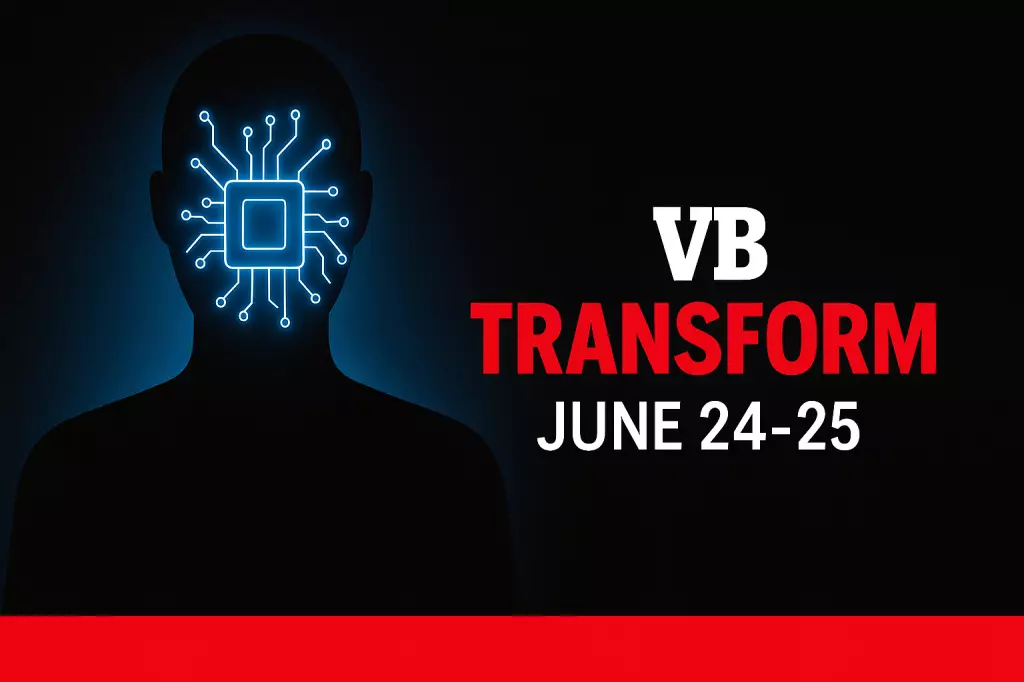As the sun rises over San Francisco for VentureBeat’s Transform 2025, the excitement isn’t just palpable; it’s electric. This annual conference has evolved into the premier venue for decision-makers and creators in the enterprise technology sector—those who are not merely spectators of innovation but the very architects shaping it. The emphasis this year is squarely placed on what many are calling the “agentic AI revolution,” a concept that has captured imaginations across industries. Yet, there is a stark reality lurking behind the glitz of groundbreaking AI demonstrations: a significant gap between research aspirations and practical application in enterprises.
While the potential applications of agentic AI are astounding, the statistics tell a sobering story. According to a recent KPMG study, a mere 11% of organizations have successfully integrated these technologies into their workflows. This disparity underscores what experts refer to as the “Agentic Infrastructure Gap”—a chasm that must be addressed if we are to fully harness the capabilities of advanced AI systems.
From Abstract Concepts to Tangible Solutions
What does the term “agentic infrastructure” truly encompass? It extends far beyond the algorithms and agent models to include the complex layers that make enterprise deployment possible. Organizations need robust security frameworks, comprehensive governance policies, seamless data pipelines, and effective orchestration mechanisms. Essentially, the focus must shift from mere innovation to a well-designed enterprise-grade chassis that can support the nuanced demands of digital workforce management.
Transform 2025 aims to serve as a real-world playbook for enterprises striving to transition from conceptualizing agent-based solutions to actualizing them within their infrastructures. This conference is not merely an exchange of ideas; it is a critical meeting place for those who wish to convert theoretical discussions into actionable strategies.
Decoding the Agentic Operating System
Central to this year’s discussions is the notion of an “Agentic Operating System,” a revolutionary approach to orchestrating computing resources for specific tasks. This requires not just application-level orchestration but a fundamental restructuring of the technology stack to meet the varied demands of modern enterprises. Influential thought leaders like Dylan Patel and industry executives will delve into the future of the AI inference stack and the architectural transformations driving change in enterprise AI economics.
Bridging theoretical frameworks with practical know-how is crucial. Insight from foundational platform leaders—including stalwarts like Andrew Ng, Will Grannis, and Olivier Godement—will be vital in contextualizing the operational challenges faced in the field. Their insights will serve as guideposts for organizations navigating the often-turbulent waters of AI integration.
Real-World Impact: The Voices from the Trenches
Yet, what truly sets Transform apart is its dedication to frontline practitioners. This year, the conference will spotlight real-world leaders from companies such as Walmart, Bank of America, and LinkedIn—organizations that are deeply entrenched in deploying AI systems in complex environments. These experts will share unadulterated accounts of the challenges and victories encountered on the ground, providing valuable lessons that extend far beyond traditional success stories.
Attendees can expect a blend of theoretical exploration and hands-on experience, designing the event to foster interaction rather than passive consumption. Workshops led by seasoned experts like Nathan Lambert and agent-building pioneer Sam Witteveen will illuminate the intricacies of constructing AI agents and training models in practical settings.
Empowering Future Leaders
Amid these technical discussions, Transform also emphasizes a more inclusive future in AI. The sixth annual Women in Enterprise AI Awards will celebrate the contributions of women leaders in a predominantly male-dominated field. This recognition serves to empower the next generation of AI innovators, reinforcing the notion that diversity in technology leads to enhanced creativity and broader perspectives.
The stakes in this rapidly evolving landscape are high, but so are the opportunities. With each interaction and discussion at Transform 2025, a clearer blueprint emerges, guiding leaders through the monumental task of bridging the agentic infrastructure gap. It’s not just a challenge; it is an invitation to take bold steps toward redefining what is possible within enterprise AI operations. This year promises not just to inspire but to equip attendees with the knowledge they need to be at the forefront of this transformative revolution.

